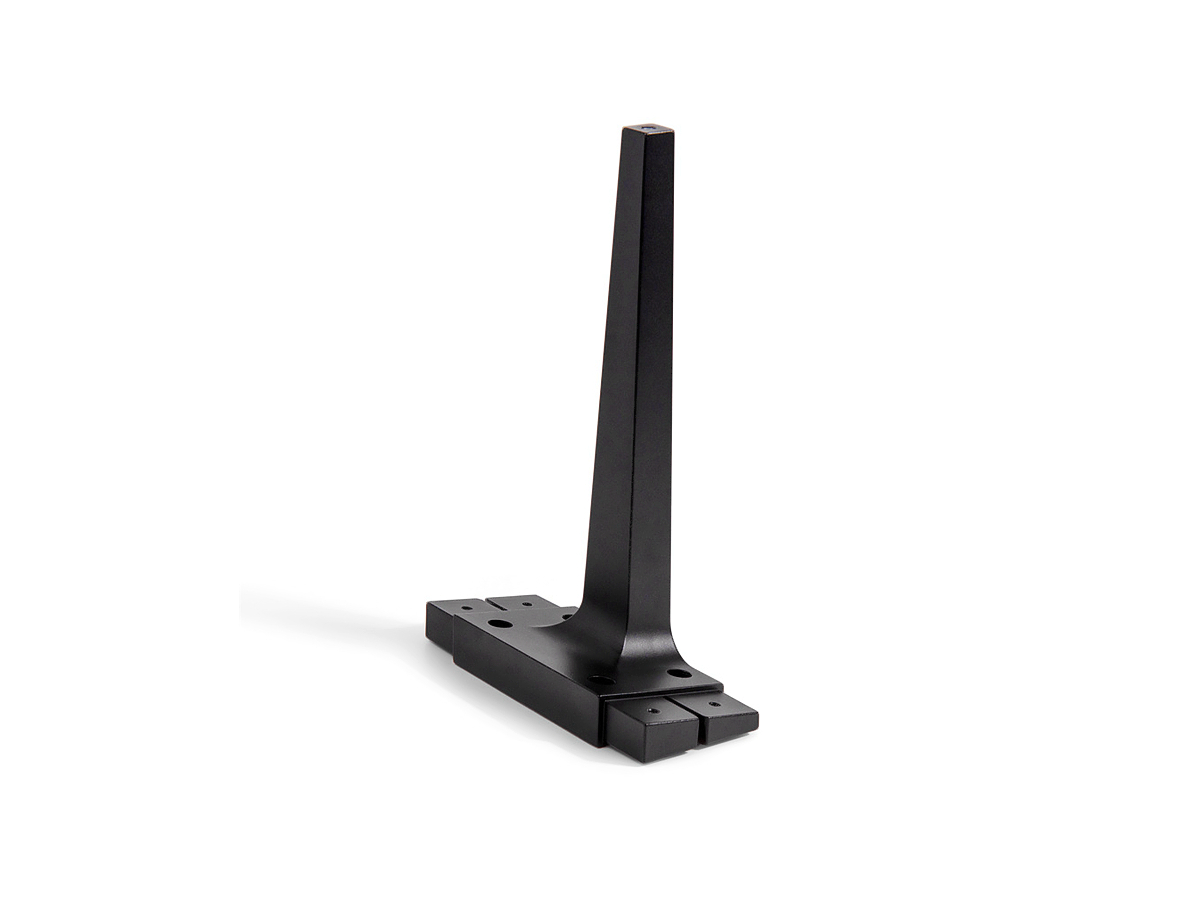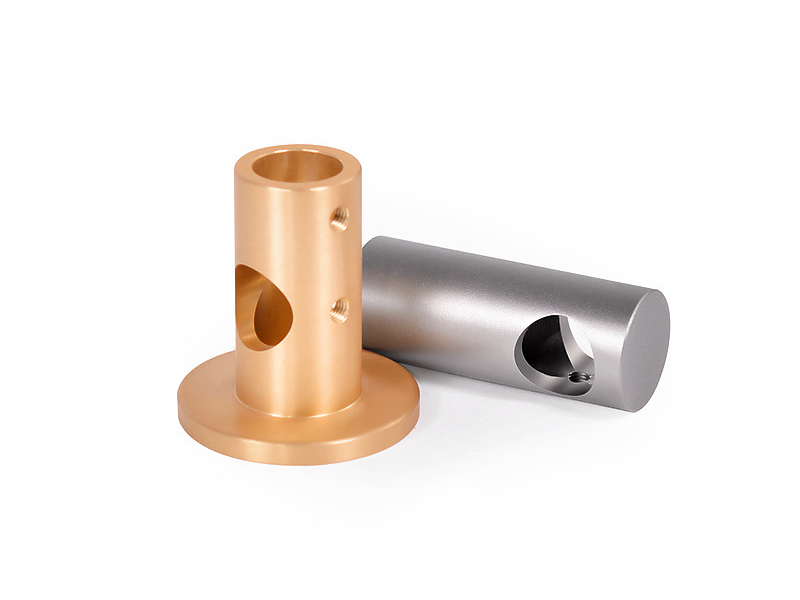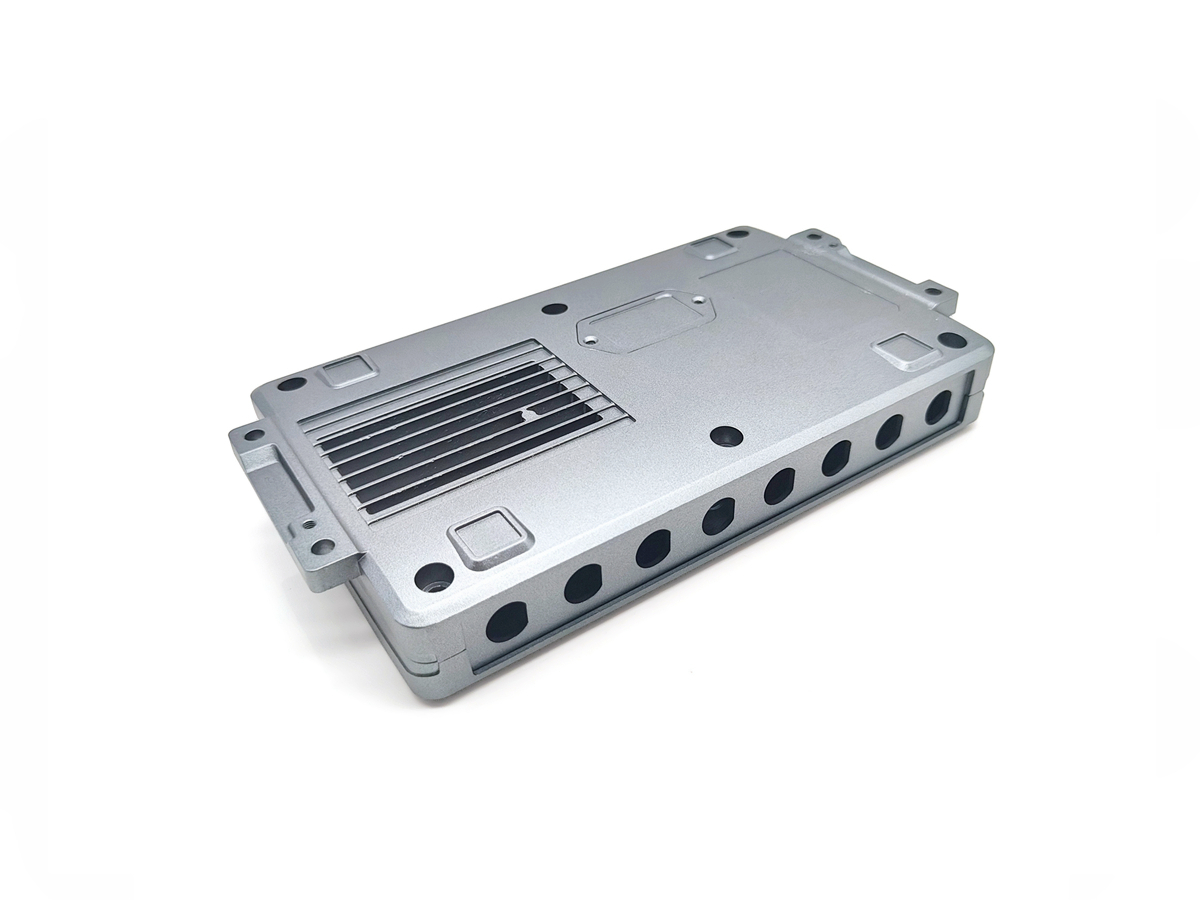High-precision Zinc Zamak Die Casting for Durable Automotive Door Handles
 Automotive door handles endure constant mechanical stress, environmental exposure, and consumer scrutiny. They must be strong, corrosion-resistant, and visually appealing, while integrating seamlessly into vehicle design. Zinc Zamak die casting offers the ideal combination of mechanical integrity, dimensional accuracy, and surface finish required for manufacturing robust automotive handles, both inside and out.
Automotive door handles endure constant mechanical stress, environmental exposure, and consumer scrutiny. They must be strong, corrosion-resistant, and visually appealing, while integrating seamlessly into vehicle design. Zinc Zamak die casting offers the ideal combination of mechanical integrity, dimensional accuracy, and surface finish required for manufacturing robust automotive handles, both inside and out.
At Neway, we deliver zinc die casting solutions using top-tier Zamak alloys such as Zamak 3, 5, and 7. Our high-pressure casting techniques allow for precise, complex handle designs with durable finishes that meet global automotive standards.
Why Zamak Zinc Die Casting Is Preferred for Automotive Handles
Zamak alloys, composed primarily of zinc with controlled amounts of aluminum, magnesium, and copper, offer superior strength and stability. When pressure-die cast, these alloys produce dense, defect-free components with excellent surface quality—ideal for high-precision door handles.
Performance Highlights
Zamak 5, a common choice for structural handles, offers tensile strength up to 400 MPa and elongation of around 7%. General casting tolerances are maintained at ±0.05 mm, with tighter tolerances of ±0.02 mm achievable on critical mating surfaces. Surface roughness after tumbling or sand blasting can reach Ra ≤ 1.6 µm.
Zinc’s higher density (~6.6 g/cm³) compared to aluminum results in a sturdier, more premium-feeling handle—a valued feature in both luxury and utility vehicles.
Automotive Handle Components: Use Cases and Requirements
Zamak die casting supports both visible and concealed parts within handle assemblies.
Component | Location | Functional Demands |
|---|---|---|
Exterior door handle | Vehicle body | Corrosion resistance, weatherproofing, plating compatibility |
Interior pull handle | Door panel | Smooth surface, ergonomic shaping, durability |
Latch lever and spring cap | Hidden in mechanism | Structural rigidity, dimensional stability, low wear |
Mounting bracket | Interface to body | Flatness, fatigue resistance, accurate hole positioning |
These parts often combine in multi-piece assemblies requiring tight tolerances and aligned finishes.
Zamak Alloy Options and Mechanical Properties
Neway uses several Zamak alloy variants, depending on the function and finish of the handle component. All alloys conform to ASTM B86 and ISO 301 standards.
Alloy | Tensile Strength (MPa) | Elongation (%) | Surface Finish Potential | Applications |
|---|---|---|---|---|
Zamak 3 | 270–280 | ~10 | Excellent | Standard outer shell, cosmetic parts |
Zamak 5 | 380–400 | ~7 | Good | Load-bearing latch levers and brackets |
Zamak 7 | 260–275 | ~13 | Best for thin-wall surfaces | High-end interior handles, plated designs |
Zamak 5 is generally preferred for its higher mechanical strength, while Zamak 7 is ideal for intricate, decorative parts with thin sections.
Surface Quality and Dimensional Control
Automotive door handles demand top-tier visual and tactile quality and mechanical fit.
Wall thickness range: 1.2 mm to 4.0 mm
Surface flatness: ≤ 0.08 mm over 100 mm for mounting areas
Hole diameter tolerance: ±0.02 mm for bolt alignment
Porosity: <0.5% using vacuum and X-ray inspection
Ra ≤ 1.6 µm after finishing, ready for chrome plating
Neway uses CMM metrology, SPC, and automated in-line inspection to ensure every part meets OEM and Tier 1 standards.
Post-Processing for OEM-Grade Finishes
Exterior and interior handles must visually match adjacent trim and resist corrosion over time. Neway provides full post-processing in-house:
Electroplating: chrome, nickel, and black chrome per ISO 9227 and ASTM B117 salt spray testing
Powder coating: 60–100 µm thickness, UV-resistant
Painting: color matching to RAL/Pantone codes with clear coat protection
Tumbling and polishing: mirror-ready Ra < 1.2 µm for premium aesthetics
Assembly: spring pin insertion, plastic bushings, latch actuation integration
Coated and plated parts are tested under cyclic humidity, impact, and temperature swing tests to ensure long-term performance in real-world conditions.
Tooling and Manufacturing Capabilities
Neway’s tool and die making team supports fast-turn prototyping and production-level tooling.
Tool material: H13 tool steel, nitrided for durability
Die life: 250,000–500,000 shots typical for Zamak alloys
Tooling lead time: 4–6 weeks with DFM and mold flow validation
Cycle time: 25–45 seconds per part, depending on complexity
Support for low-volume programs and mass production
Rapid prototyping is available with soft tooling for ergonomic testing and appearance validation.
Case Study: Plated Handle for Crossover SUV
A client needed a chrome-plated exterior handle system for a mid-size crossover, with these performance requirements:
Pull load > 500 N
Chrome adhesion: pass 500-hour salt spray test
Surface gloss: > 85 GU at 60° angle
Flatness < 0.05 mm across 90 mm base length
Visual Class A surface per customer standard
Neway selected Zamak 5 for the shell and internal bracket, built a 4-cavity die, and used precision CNC machining for the latch interfaces. After polishing and chrome electroplating, the final assemblies passed all functional and cosmetic tests, with a yield > 98.5%.
Why OEMs and Tier 1 Suppliers Choose Neway
Neway offers end-to-end control of zinc die casting for the automotive industry:
Engineering support from DFM to validation
ISO 9001:2015 certified manufacturing and quality systems
PPAP, FAI, IMDS, and APQP-compliant documentation packages
High-speed, multi-cavity tooling for JIT production
Global logistics and packaging for export or domestic assembly lines
Our automotive handle components appear on vehicles across North America, Europe, and Asia, supporting premium feel, high durability, and aesthetic excellence.
Conclusion
Zamak zinc die casting is the gold standard for manufacturing automotive door handles with tight tolerances, high structural integrity, and a superior surface finish. Its ability to support integrated design, plating, and scalable production makes it indispensable for today’s automotive OEMs. At Neway, we combine world-class tooling, finishing, and assembly to deliver reliable handle components that meet both engineering and aesthetic goals.
To begin your zinc die casting project for automotive applications, contact Neway today.
FAQs
What are the differences between Zamak 3, 5, and 7 for automotive handles?
How does zinc die casting compare to plastic or aluminum in exterior handle strength?
Can Zamak cast parts support electroplating for automotive trim?
What is the typical lead time and die life for Zamak automotive components?
How are handle assemblies tested for durability and corrosion resistance?


